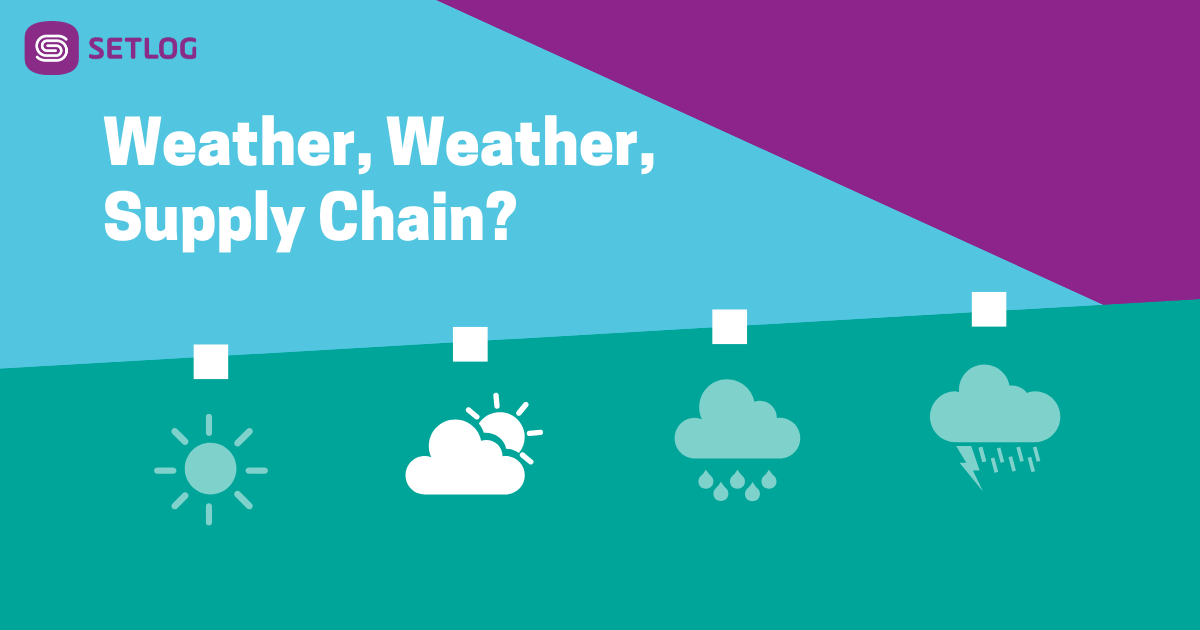“Oh, weather, weather!” If you don’t know what to talk about, you talk about the weather – this phenomenon seems to be a German hobby.
Weather conditions penetrate into areas where we wouldn’t even suspect it. In addition to tiredness, general sensitivity to the weather, which beats the mind, or darkness in winter, smooth roads and traffic chaos have a considerable impact on supply chain management: With delayed deliveries and pick-ups, the supply chain thus joins the queue of those affected.
Particularly in our regions, the winters of recent years are becoming milder and milder, and the summers longer and longer. Whether one needs a new, warmer jacket is then considered twice. The old jacket – the one with the small hole and the charming, but no longer washable stains – that’s enough, isn’t it? You hardly put them on, so it’s half as dramatic. While the consumer can save the money for an expensive winter jacket, and instead prefers to buy the “top seller”, the T-shirt, the clothing industry complains about bigger losses.
For the clothing industry, the weather conditions make rethinking indispensable: instead of the “pre order”, more and more “ready to wear” is becoming the order of the day. The weather changes the buying behavior of customers and therefore more attention must be paid to demand.
But what can the apparel industry do to counter weather-related losses?
The variety curve of the clothing to be offered seems to become increasingly straighter and flatter by relying on all-weather clothing and less on seasonal items. These are then offered to the masses. A balance has to be found between the popular all-weather clothing and the current trends.
The relation becomes clear: one always tries to follow the customer and what he wants. But meanwhile it is at least as important to adapt to the weather and our constantly changing climatic conditions.
When does the customer want to buy what? When do I have to react as a company and plan my goods differently? As a producer, can I react quickly enough to the record summer, chaos winter or missing winter?
This is the question that this merry-go-round ultimately revolves around.
Last but not least, software and the right early warning systems help to plan better, to act faster and to adapt to the conditions in our world.
In addition to us at Setlog, other providers are also developing more and more tools, apps, systems and software that make it possible to enter and evaluate data in real time in order to meet the challenges that are constantly growing.
At the moment the winter in Germany cannot decide. Rain or snow? Double-digit temperatures or rather sub-zero temperatures?
Do we still need our thick winter jacket this year? If we should spontaneously get into double-digit sub-zero temperatures again, there’s the ever-popular “Onion Look”.
